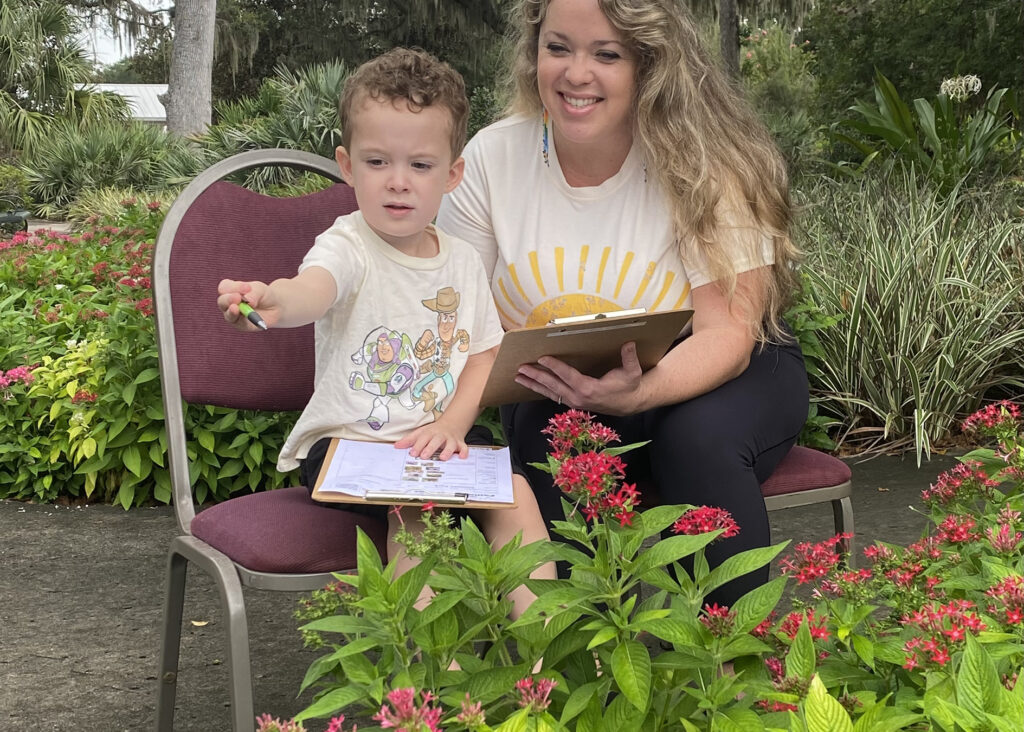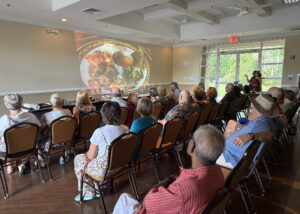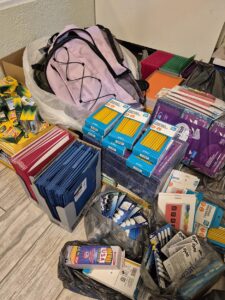This year, Sholom Park participated in The Great Southeast Pollinator Census. Let me explain.
Scientists and entomologists study different insects that pollinate. It is an essential part of understanding our green world. To help in their effort, in 2019, the University of Georgia Extension undertook the task of asking everyday citizens to help identify pollinating species in their own backyard. The response was overwhelming. Word spread of their success, and soon other states like the Carolinas, Florida, and recently, Alabama, joined the counting effort. Ergo, it is now titled, The Great Southeast Pollinator Census.
On Friday, Aug. 22, and Saturday, Aug. 23, Ocala residents were invited to Sholom Park to take part and contribute to the census. Butterflies, wasps, honey bees, and moths, among other insects, were to be counted. It was a natural venue. Recently, the park initiated an edible garden – those plants that tend to attract pollinators.

Sholom Park volunteer Carole Putnam, who coordinated the census count, expressed her satisfaction with the turnout. “I was concerned when each morning the clouds looked so threatening. But that didn’t deter more than 100 volunteers, many with their children, from wanting to be a part of this important study.”
Volunteers were given an insect identification guide and instructions on how to go about logging in their sightings. They then chose a pollinator-friendly plant. Chairs were available, inviting them to sit for 15 minutes and observe, identify, and log – and so they did.
Sholom Park is many things to many people. Visitors may come to the park to simply feel, watch, and communicate with nature, or to stretch their legs, or inhale the peace at the Zen garden, or attend one of the evening concerts. It is a place of wonder.




